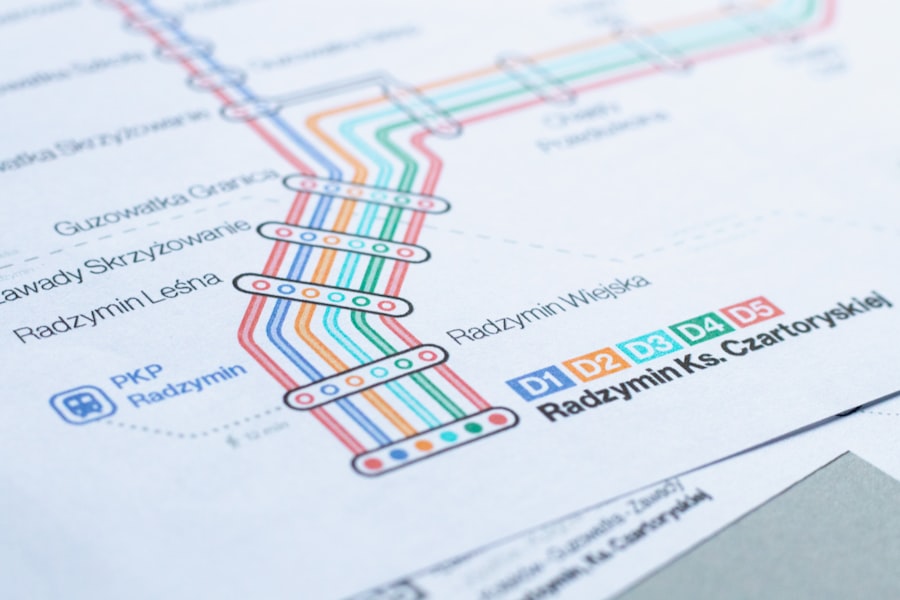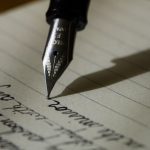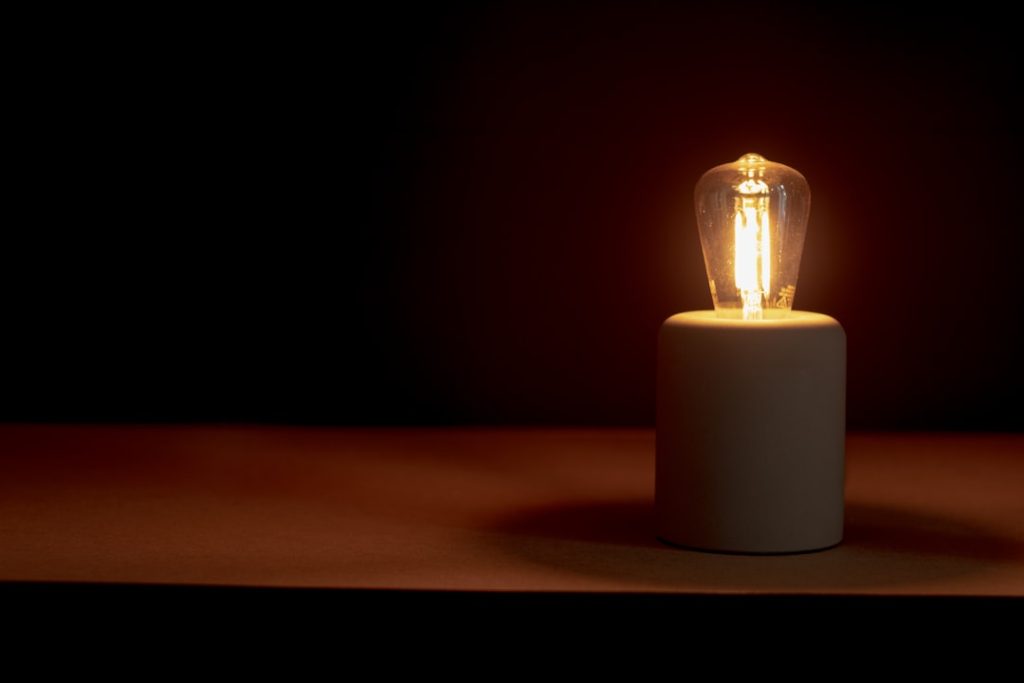Meter is a fundamental aspect of poetry that refers to the structured rhythm of a poem, created through the arrangement of stressed and unstressed syllables. At its core, meter provides a framework that guides the flow of a poem, establishing a predictable pattern that can evoke various emotional responses from the reader. The most common types of meter include iambic, trochaic, anapestic, and dactylic, each defined by the specific arrangement of syllables.
For instance, iambic meter consists of an unstressed syllable followed by a stressed syllable, creating a gentle rise and fall that can mirror natural speech. Understanding these basic components is essential for both reading and writing poetry, as they form the backbone of a poem’s musicality and emotional resonance. In addition to its structural role, meter also serves as a tool for poets to convey meaning and enhance the overall experience of their work.
By manipulating meter, poets can create tension, emphasize particular words or phrases, and guide the reader’s emotional journey through the poem. For example, a sudden shift in meter can signal a change in tone or subject matter, drawing attention to a pivotal moment in the narrative. This interplay between meter and meaning is what makes poetry a unique and powerful form of expression, allowing poets to craft intricate layers of significance within their verses.
Key Takeaways
- Poetry meter refers to the pattern of stressed and unstressed syllables in a line of poetry, which creates its rhythmic structure.
- Meter is important in poetry as it helps to establish the overall rhythm and musicality of a poem, enhancing its emotional impact and readability.
- Different types of meter, such as iambic, trochaic, and anapestic, offer poets a variety of rhythmic possibilities to explore in their work.
- Meter plays a crucial role in enhancing poetic rhythm, creating a sense of flow and musicality that engages the reader or listener.
- The impact of meter on poetic meaning is significant, as it can convey emotions, emphasize certain words or phrases, and contribute to the overall tone of a poem.
Understanding the Importance of Meter in Poetry
The Role of Meter in Poetry
The importance of meter in poetry cannot be overstated; it is the heartbeat that drives the poem forward and gives it life. Meter establishes a rhythm that can evoke feelings of joy, sorrow, tension, or tranquility, depending on how it is employed. When poets adhere to a specific metrical pattern, they create a sense of familiarity and expectation for the reader.
Creating Familiarity and Surprise
This predictability can be comforting, allowing readers to immerse themselves in the poem’s themes and emotions without being distracted by erratic rhythms. Conversely, when poets deviate from established meter, they can create surprise or dissonance, prompting readers to pay closer attention to the content and meaning of the words.
Meter in the Oral Tradition
Historically, poetry was often recited aloud, and the rhythmic quality provided by meter made it easier for audiences to remember and engage with the verses. This oral aspect remains significant today; when reading poetry aloud, the meter can enhance the auditory experience, allowing listeners to appreciate the musicality of the language. The interplay between sound and meaning is particularly potent in poetry, where every syllable counts.
Understanding Meter for a Deeper Appreciation
Thus, understanding meter is essential not only for poets but also for readers who wish to fully appreciate the depth and richness of poetic works.
Exploring Different Types of Meter

There are several distinct types of meter that poets can utilize to create varied effects in their work. Iambic pentameter is perhaps the most famous form, characterized by five iambs per line—each iamb consisting of an unstressed syllable followed by a stressed syllable. This meter has been famously employed by Shakespeare and many other classic poets, lending a natural flow to their verses that mirrors everyday speech while still maintaining a rhythmic structure.
The predictability of iambic pentameter allows for intricate wordplay and thematic exploration without overwhelming the reader with complexity. On the other hand, trochaic meter flips this pattern on its head, beginning with a stressed syllable followed by an unstressed one. This creates a more forceful rhythm that can evoke feelings of urgency or intensity.
An example of trochaic meter can be found in Longfellow’s “The Song of Hiawatha,” where the strong beats propel the narrative forward with vigor. Additionally, anapestic and dactylic meters introduce further variety; anapestic meter consists of two unstressed syllables followed by a stressed one, while dactylic meter features a stressed syllable followed by two unstressed ones. Each type of meter offers unique possibilities for expression and can significantly influence how a poem is perceived.
The Role of Meter in Enhancing Poetic Rhythm
| Aspect | Importance |
|---|---|
| Structure | Provides a framework for the poem |
| Rhythm | Creates a musical flow in the poem |
| Emphasis | Highlights key words and phrases |
| Unity | Brings coherence to the poem |
| Impact | Enhances the emotional impact of the poem |
Meter is instrumental in shaping the rhythm of poetry, which is essential for creating an engaging reading experience. The rhythmic patterns established by meter can evoke specific emotions and set the tone for the poem as a whole. For instance, a steady iambic rhythm may create a sense of calmness or stability, while irregular meters can introduce tension or chaos.
Poets often play with these rhythms to enhance their themes; for example, a poem about nature might employ a gentle iambic rhythm to reflect the tranquility of a serene landscape, while a poem about conflict might utilize abrupt shifts in meter to convey discord. Furthermore, meter interacts with other elements of poetry, such as rhyme and alliteration, to create a rich tapestry of sound that enhances the overall impact of the work. When combined with these devices, meter can amplify the musicality of a poem, making it more memorable and resonant.
The careful selection of metrical patterns allows poets to craft lines that not only convey meaning but also create an auditory experience that lingers in the reader’s mind long after they have finished reading. This synergy between meter and other poetic elements is what elevates poetry from mere words on a page to an art form that engages both the intellect and the senses.
Analyzing the Impact of Meter on Poetic Meaning
The impact of meter on poetic meaning is profound and multifaceted. By choosing specific metrical patterns, poets can subtly influence how their messages are received by readers. For instance, a poem written in regular meter may convey stability and order, suggesting themes of tradition or continuity.
In contrast, irregular or varied meters can evoke feelings of unpredictability or chaos, aligning with themes of change or turmoil. This relationship between meter and meaning allows poets to layer their work with complexity; readers are often invited to explore not just what is being said but how it is being said. Moreover, meter can serve as a vehicle for emotional expression within poetry.
A poet may choose to employ a particular metrical pattern to reflect their emotional state or to evoke specific feelings in their audience. For example, a poem about loss might utilize slow, heavy rhythms to mirror the weight of grief, while a celebratory piece might employ quickened rhythms to convey joy and exuberance. By analyzing how meter interacts with content and emotion, readers can gain deeper insights into the poet’s intentions and the nuances embedded within their work.
Experimenting with Meter in Your Own Poetry

For aspiring poets, experimenting with meter can be an exciting way to discover new dimensions in their writing. Engaging with different metrical patterns allows poets to break free from conventional structures and explore their unique voice. One approach is to start by writing lines in a specific meter—such as iambic pentameter—and then gradually introduce variations or deviations from that pattern.
This experimentation can lead to unexpected discoveries about how rhythm influences meaning and emotional impact. Additionally, poets can draw inspiration from classic works while infusing their own style into their writing. By analyzing how established poets manipulate meter for effect, emerging writers can learn valuable techniques that they can adapt to their own work.
Whether it’s playing with enjambment or incorporating caesuras—pauses within lines—poets have numerous tools at their disposal to create dynamic rhythms that resonate with readers. Ultimately, embracing experimentation with meter not only enriches one’s poetry but also fosters personal growth as a writer.
Appreciating the Beauty of Meter in Classic and Contemporary Poetry
The beauty of meter is evident in both classic and contemporary poetry, showcasing its timeless appeal across generations. In classic works such as John Milton’s “Paradise Lost” or Robert Frost’s “Stopping by Woods on a Snowy Evening,” meter serves as an essential element that enhances both form and content. Milton’s use of blank verse—unrhymed iambic pentameter—creates a grandiose tone befitting his epic subject matter, while Frost’s careful manipulation of rhythm evokes imagery that resonates deeply with readers’ experiences in nature.
Contemporary poets also continue to explore and innovate within metrical frameworks, demonstrating that meter remains relevant in modern poetry. Poets like Elizabeth Bishop and Seamus Heaney have skillfully employed traditional metrical forms while infusing them with contemporary themes and language. This blending of old and new not only honors poetic traditions but also invites fresh interpretations that speak to today’s audiences.
By appreciating how both classic and contemporary poets utilize meter, readers can gain insight into its enduring significance as an artistic tool.
Tips for Reading and Writing Poetry with Emphasis on Meter
When approaching poetry with an emphasis on meter, there are several tips that can enhance both reading comprehension and writing skills. For readers, it is beneficial to read poems aloud; this practice allows one to experience the rhythm firsthand and appreciate how meter shapes meaning. Paying attention to shifts in rhythm or deviations from established patterns can reveal deeper layers within the text that may not be immediately apparent when reading silently.
For writers looking to incorporate meter into their own poetry, starting with familiar forms can provide a solid foundation for experimentation. Writing exercises focused on specific metrical patterns—such as crafting several lines in iambic pentameter—can help develop an intuitive understanding of rhythm. Additionally, revising existing poems with an eye toward meter can lead to surprising discoveries about word choice and phrasing that enhance overall impact.
Ultimately, whether reading or writing poetry, embracing the intricacies of meter opens up new avenues for exploration and appreciation within this rich literary form.
If you’re interested in delving deeper into the intricacies of poetry and its meter, you might find additional resources and information on the subject by visiting the “About Us” page of a related website. This page often provides insights into the focus and expertise of the organization, which could include literary analysis and educational resources on poetry. To explore more, you can visit this link.
FAQs
What is poetry meter?
Poetry meter refers to the rhythmic structure of a poem, determined by the arrangement of stressed and unstressed syllables in each line.
What are the different types of poetry meter?
Some common types of poetry meter include iambic (unstressed, stressed), trochaic (stressed, unstressed), anapestic (unstressed, unstressed, stressed), and dactylic (stressed, unstressed, unstressed).
How is poetry meter represented in written form?
Poetry meter is often represented using symbols to indicate stressed and unstressed syllables. For example, a stressed syllable may be represented by a “/” and an unstressed syllable by a “U”.
Why is poetry meter important?
Poetry meter helps to create a rhythmic and musical quality in a poem, contributing to its overall aesthetic and emotional impact.
How can I identify the meter of a poem?
To identify the meter of a poem, you can scan the lines to determine the pattern of stressed and unstressed syllables. This can help you understand the poem’s rhythm and structure.





